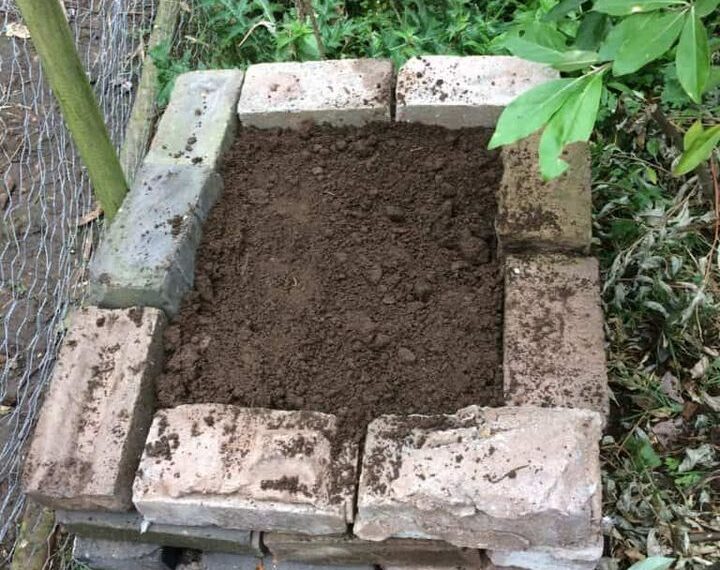Growing food during the cold winter months can seem like a daunting challenge, but with the use of a hotbed, it becomes entirely possible. A hotbed uses natural heat to create a warm environment for plants, extending the growing season even in freezing temperatures. Here’s a detailed guide to building and using a hotbed effectively.
What is a Hotbed?
A hotbed is essentially a garden bed or raised structure that is heated using decomposing organic materials, such as manure and straw. As these materials break down, they generate heat, creating an ideal microclimate for growing vegetables, herbs, and other plants during winter.
Benefits of a Hotbed
- Extended Growing Season: Grow fresh produce even in sub-zero temperatures.
- Eco-Friendly Heating: Uses natural decomposition to warm the soil.
- Increased Yields: Accelerates plant growth by maintaining optimal temperatures.
- Versatility: Can be used in greenhouses or outdoor gardens.
Step-by-Step Guide to Making a Hotbed
1. Select the Right Location
Choose a spot that gets plenty of sunlight, as this will complement the natural heating of the hotbed. A sheltered area, such as inside a greenhouse or against a south-facing wall, is ideal for added insulation.
2. Gather Your Materials
To build a hotbed, you’ll need:
- Wooden frame or bricks: For creating the bed structure.
- Fresh manure: Horse manure is ideal because it generates consistent heat as it decomposes.
- Straw or hay: Helps insulate the manure and retain heat.
- Topsoil or compost: A fertile layer for planting.
- A tarp or clear plastic sheet: For covering the bed and trapping heat.
- Thermometer: To monitor soil temperature.
3. Build the Bed Structure
- Construct a raised bed using wooden planks, bricks, or any sturdy material. The bed should be at least 2-3 feet deep to hold enough organic material for consistent heat.
- Ensure the bottom is slightly sloped to allow for drainage.
4. Layer the Materials
Layer the hotbed as follows:
- Base Layer: Add a thick layer (8-12 inches) of fresh manure. Horse manure is most effective, but cow or other livestock manure can also work.
- Straw or Hay Layer: Spread a 6-8 inch layer of straw or hay over the manure. This helps to insulate the bed and prevent soil contamination.
- Topsoil or Compost: Add a final layer of 6-10 inches of fertile soil or compost. This is where your plants will grow.
5. Activate the Heat
- Water the layers lightly to kickstart the decomposition process.
- Cover the bed with a tarp or clear plastic sheet to retain heat and protect it from rain or snow.
- After 2-3 days, check the temperature using a soil thermometer. The ideal range for planting is 70-85°F (21-29°C). If it’s too hot, let the bed cool down for a few more days.
6. Plant Your Crops
Once the temperature stabilizes, plant cold-hardy vegetables like:
- Leafy greens: Spinach, kale, and lettuce.
- Root vegetables: Carrots, radishes, and turnips.
- Herbs: Parsley, cilantro, and chives.
Cover the bed with a plastic sheet or cloche to create a mini-greenhouse effect.
Maintenance Tips for a Hotbed
TO CONTINUE READING THE ARTICLE PLEASE SEE PAGE 2




